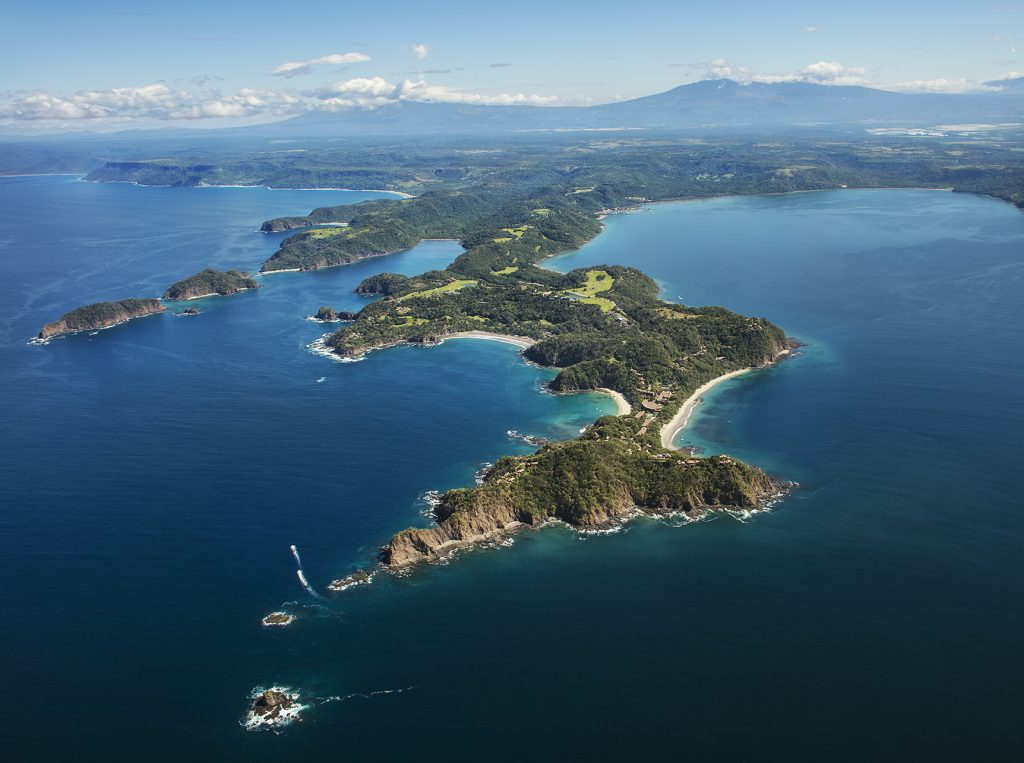Transformation Begins With Connection
In a corner of the kitchen at the Four Seasons Peninsula Papagayo Resort Costa Rica, any food left uneaten after being served to guests is weighed by an AI-powered scale. The resulting data helps management to plan menus and portion sizes accordingly while keeping food costs and organic waste in check. It’s one small, yet significant, practice that contributes to the goals of a far-reaching sustainability commitment by Peninsula Papagayo, a stunningly beautiful 1,400-acre private club and resort on the north Pacific coast of Costa Rica.
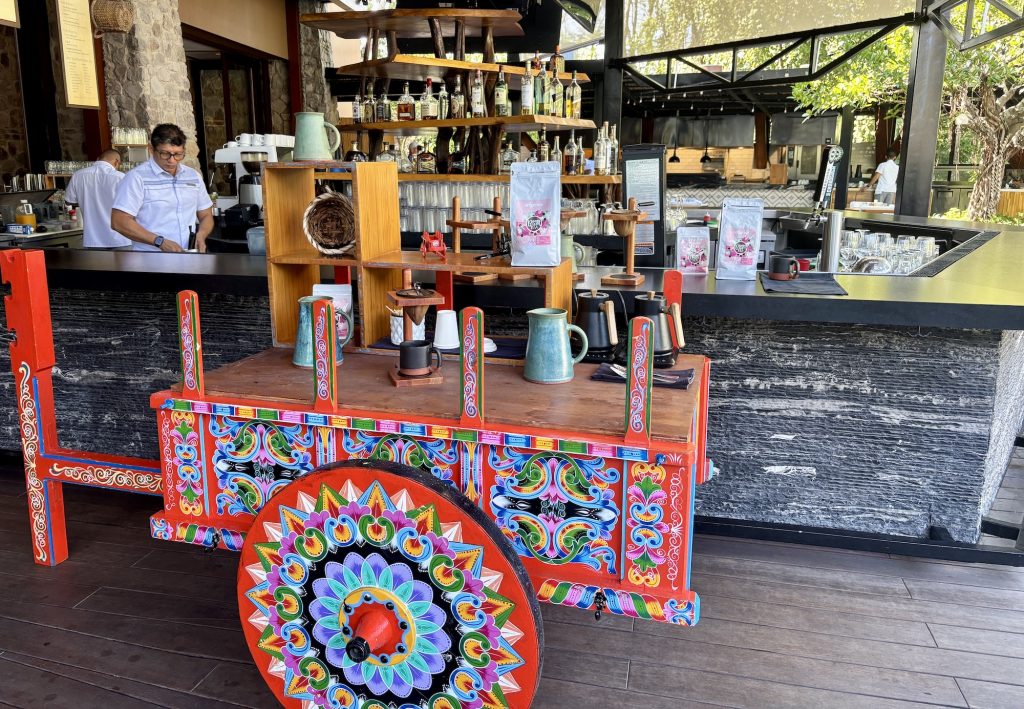
Here, the approach to environmental stewardship is complex and multi-layered, a commitment that’s deeply woven into the fabric of the vibrant community. This is also home to Nekajui, a Ritz-Carlton Reserve and Hyatt’s Andaz Peninsula Papagayo Resort Costa Rica, in addition to private residences. Due to the peninsula’s unified ownership structure, the shared strategic approach regarding sustainability supports a long-term, purpose-driven philosophy and practices.
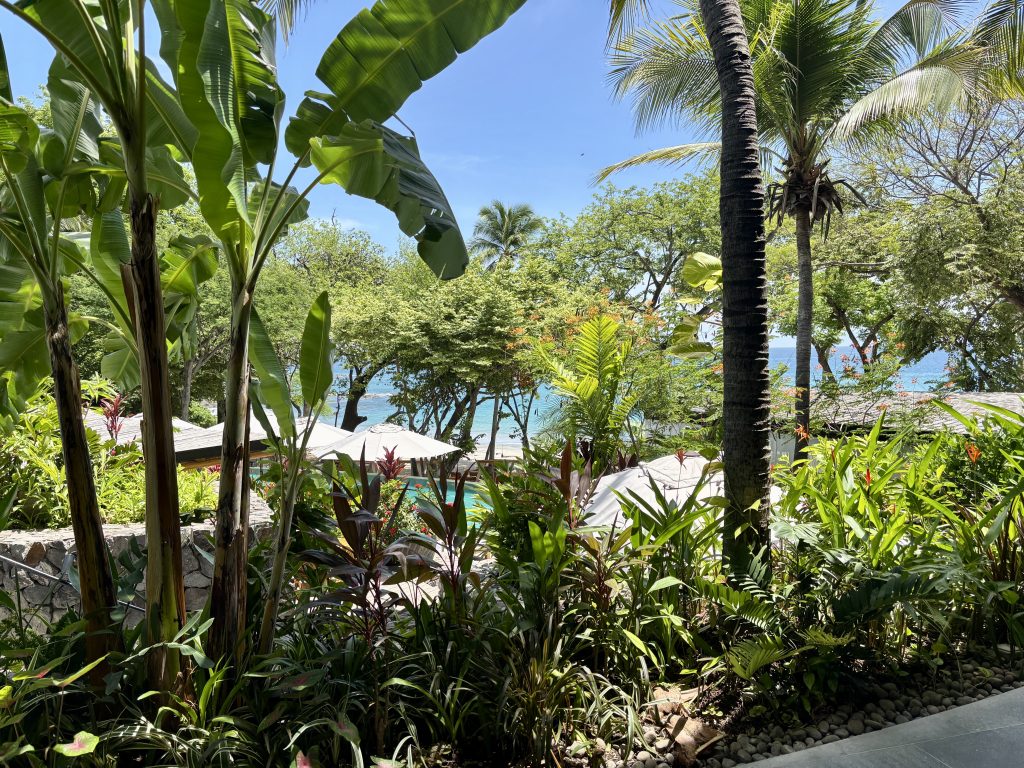
To understand more about how sustainability is embedded into every facet of this biodiverse destination, I talked with Director of Sustainability Susana Vicente Alamo. Within the first 10 minutes of our conversation, my brain was bursting with the enormous scope of it all—reviving coral reefs, protecting howler monkeys, reducing carbon emissions, managing water consumption, supporting home gardens, teaching English to back-of-house staff, providing internet access to community schools, and healthcare for employees and their families living in 19 nearby towns.
Everybody is looking forward to the opening of a next-generation sports and water park to provide tennis, padel, pickleball courts, lawn games and food trucks on 20 acres.
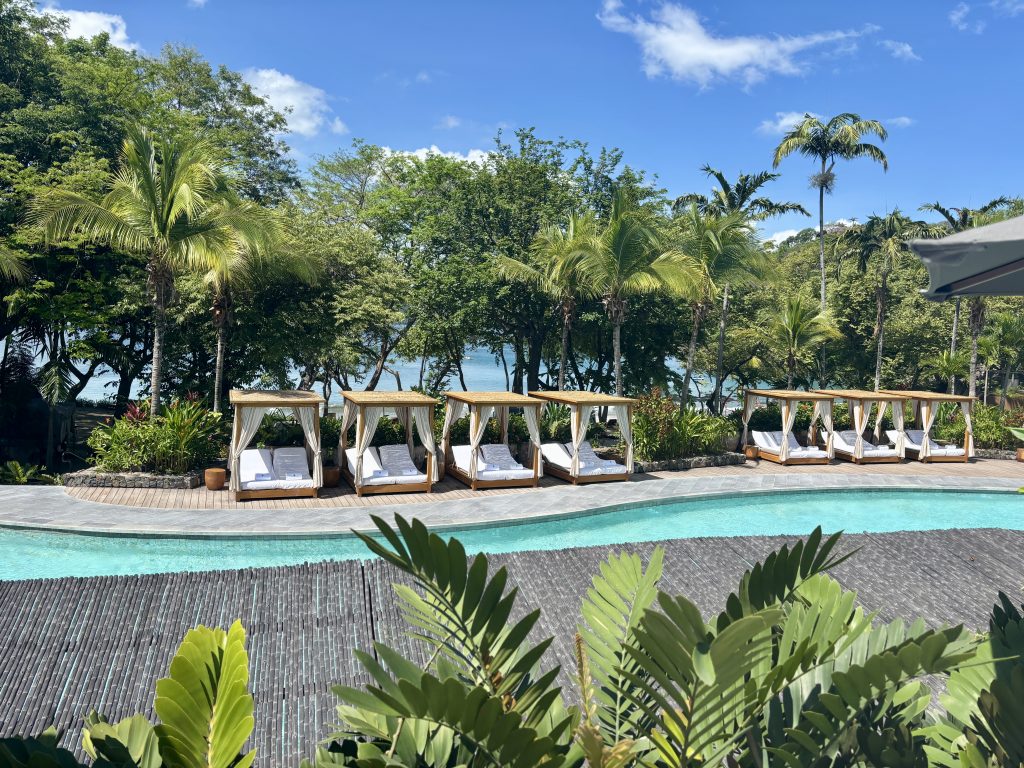
I’m captivated by Susana discussing “Heart of the House,” a program that pairs students from the Liberia Special Education Center with internships that have already led to three full-time positions in the resorts. And, I’m deeply drawn to two more nature-focused initiatives concerning reforestation to benefit howler monkeys and restoration of coral reefs.
Doing Good Together
Like many visitors before and after me, the question I most want answered is, “What can I do to make a difference?” That’s where Papagayo Legacy comes in, laying out a five-year strategy that sets clear goals in 13 topics and providing guidance through key environmental, social, and governance challenges.
When Papagayo Peninsula says, “We invite you to join us on your next visit and take the time to make a difference through one of our Papagayo Legacy experiences,” they explain how innovative initiatives—both small and large—translate into impactful experiences for guests.
Protecting Wildlife
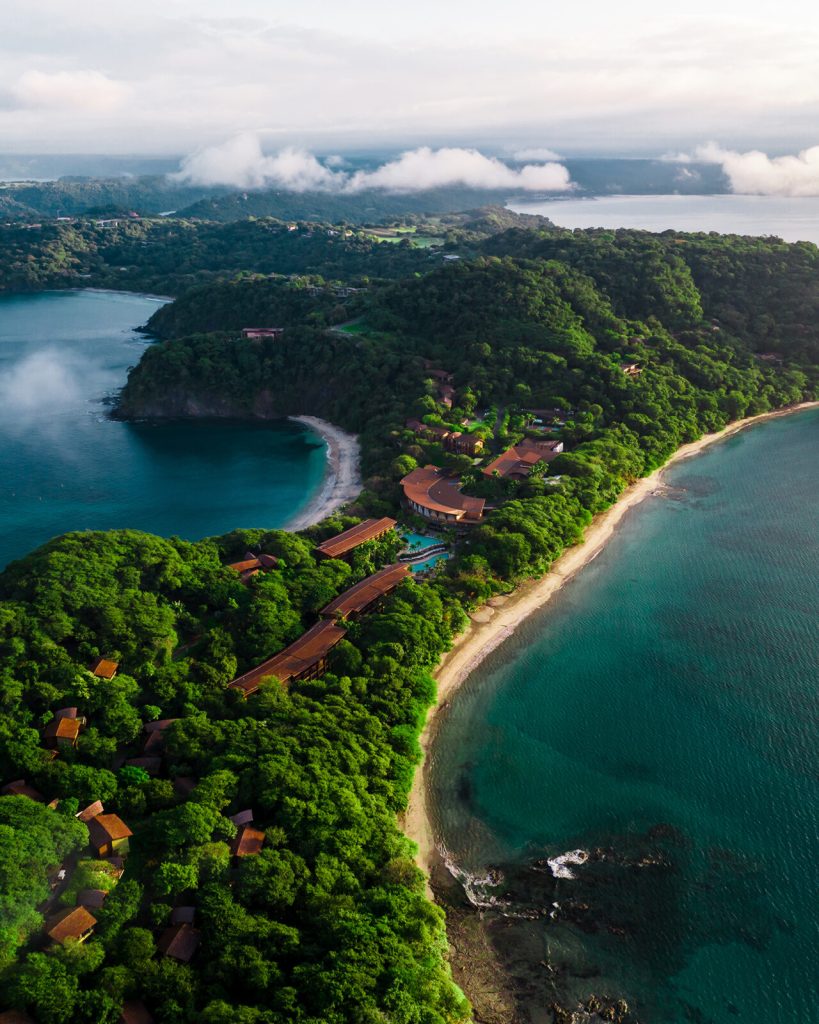
Far from corporate life, the expression “It’s a jungle out there” takes on new meaning when you’re literally in the jungle surrounded by such a visually dramatic landscape. Here, one of the last remaining tropical dry forests on the planet is home to an extraordinary variety of plant and wildlife including 857 species of birds, 182 species of amphibians, 235 species of reptiles, 241 species of mammals, 1,500 species of orchids, and 8,000 species of butterflies and moths…not to mention the howler monkeys.
With only 30% of the land at Peninsula Papagayo designated for thoughtful development, nature is given the space to thrive, ensuring this ecological wonder remains as vibrant and abundant as ever.
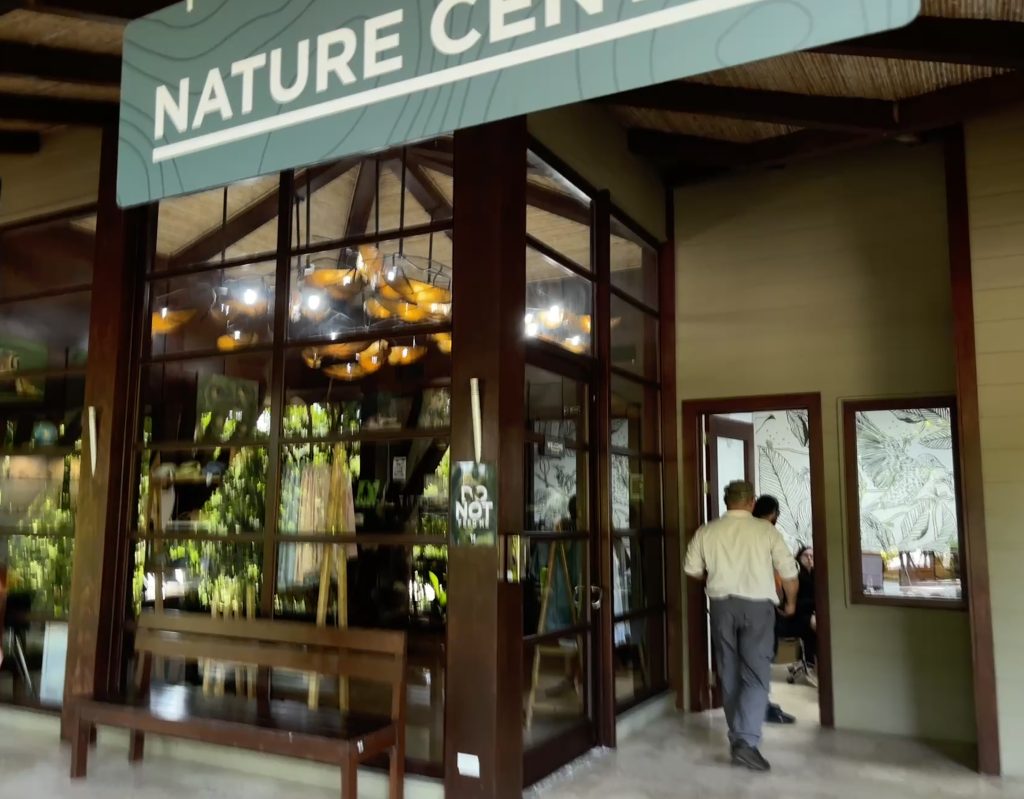
Begin at Palmares Outpost Basecamp where guests are brought to a center staffed by nature experts. An extensive trail system extends 13 miles, connecting a series of outposts and viewing areas for observing protected wildlife.
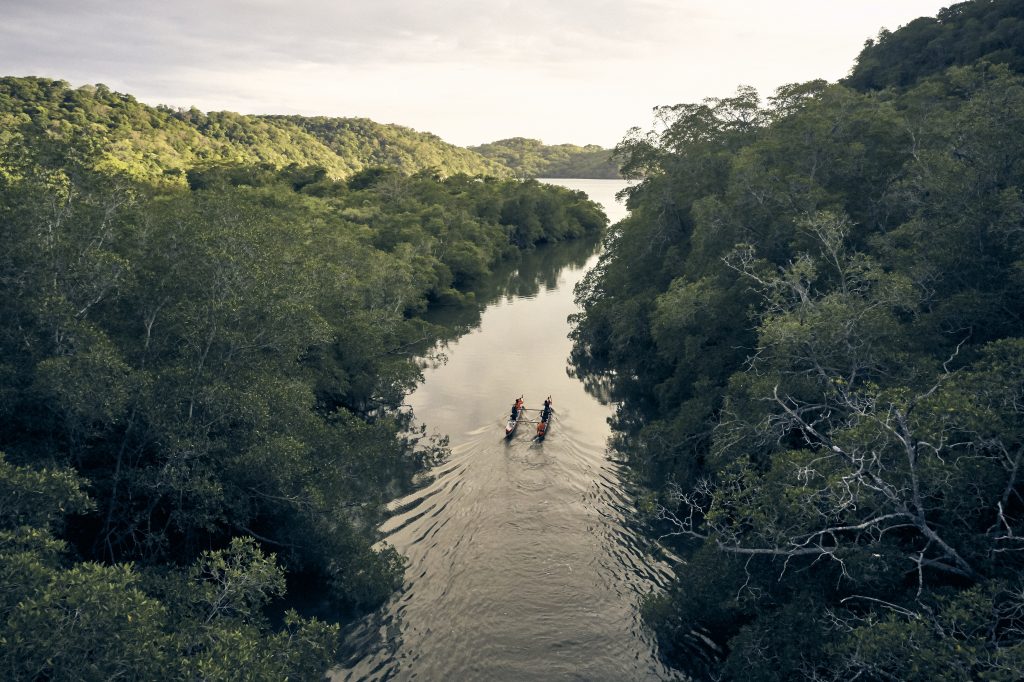
Within the PPGY Legacy experiences, guests can join the magical mangrove experience, wilderness hike, water bike exploration, or the looking for monkeys—all activities donating 1% of the price towards research in the area led by the in-house biologist.
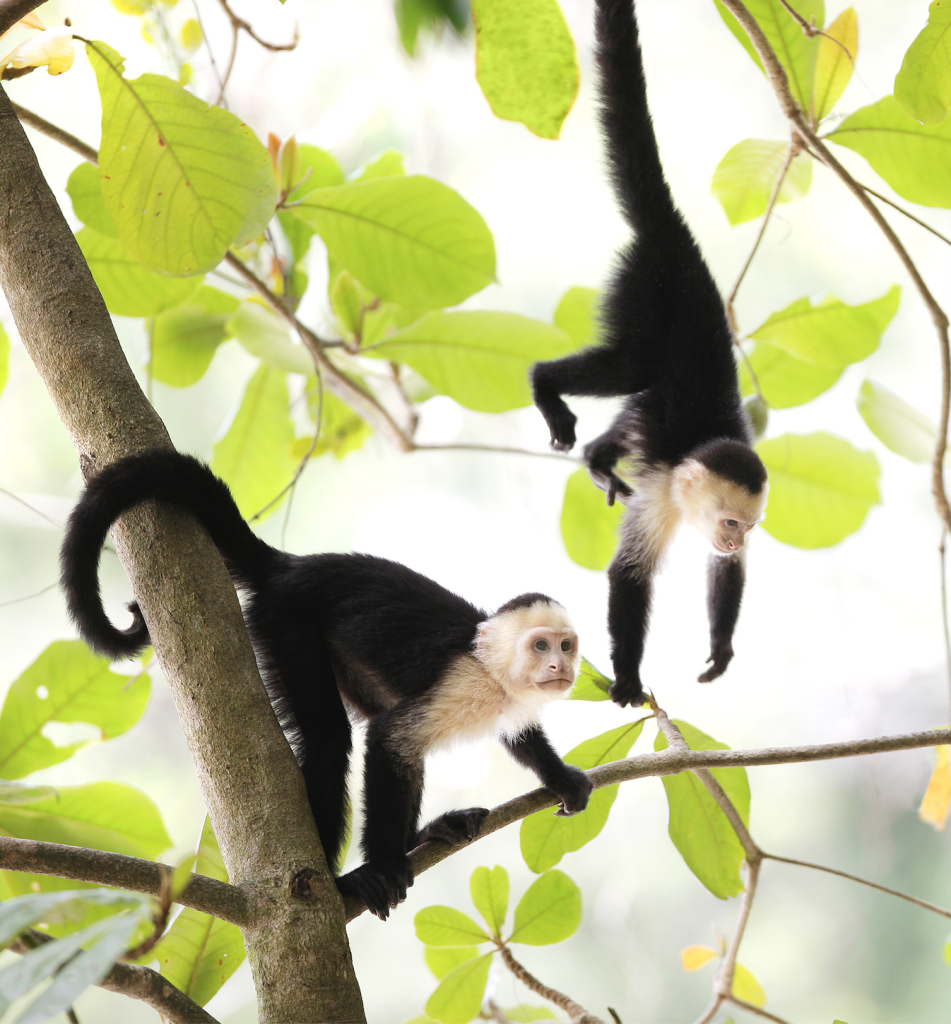
My takeaway moment involved lying flat on my back in a treehouse. Above me, the booming calls of howler monkeys ringing out across the treetops can only be described as wild. My Papagayo Explorers guide pointed out several males loudly marking territory while I watched how they used their tails to anchor onto branches. Living in groups of a dozen or more, the forest canopy is this primate’s preferred habitat. However, deforestation will force them to the ground to face dangers like car accidents and electrocution from power lines, sadly a leading cause of death for howler monkeys in Costa Rica.
Reviving Coral Reefs
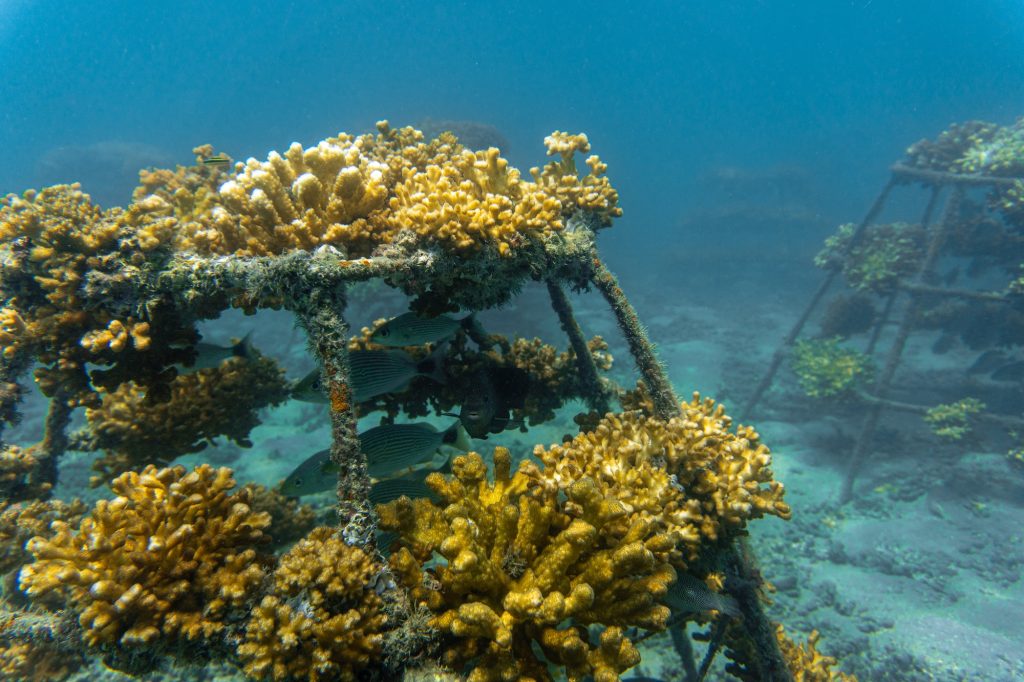
Coral reef ecosystems have been under duress for decades with significant loss that poses challenges to healthy marine biodiversity. El Niño is a natural phenomenon that occurs every two to seven years, causing a major threat to coral reefs due to bleaching. With no time to spare in efforts to recover, restore, and propagate coral, at Peninsula Papagayo more than 1500 coral structures have been introduced to Culebra Bay, making this the largest project of its kind in Costa Rica.
During a stay, visitors can join the hands-on coral planting in the shore, very popular for families and groups.dive in, putting on snorkeling gear to engage in hands-on coral farming. Alternatively, adoption of corals starts at a $50 donation to cover the annual cost of maintenance for one coral fragment. A small or large coral frame can be covered for $200 or $350, respectively, supplementing the efforts of 124 volunteers achieving an 83% survival rate.
Sustainability: ‘Our North Star’
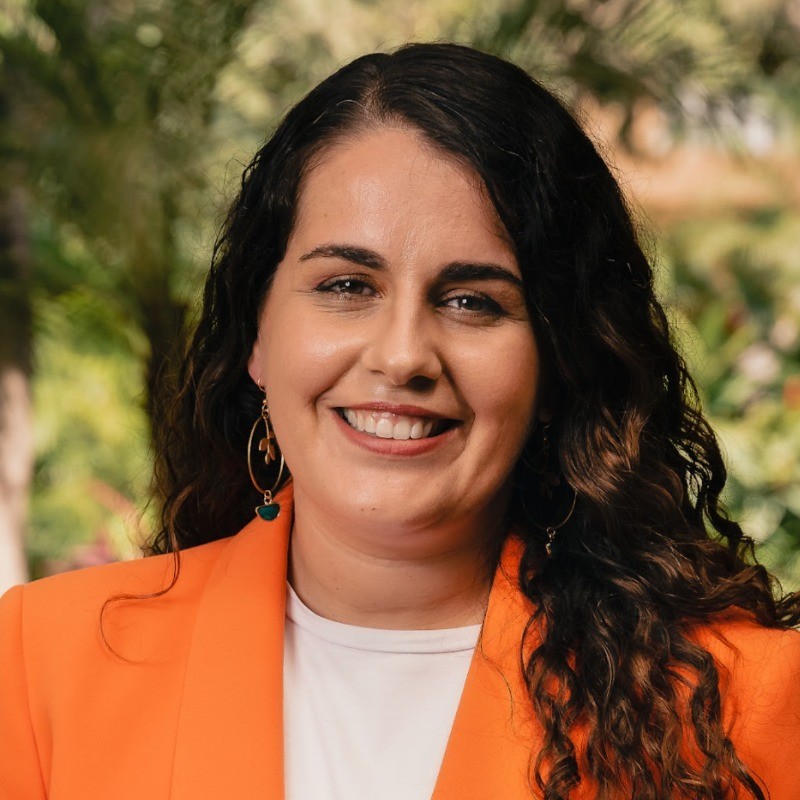
Every facet of life at Papagayo Peninsula is embedded with fostering a culture of responsibility, inclusion, and care — it’s a place where luxury and sustainability go hand in hand. Importantly, the guiding mission is to As Susana puts it, “Sustainability will always be our North Star.”
